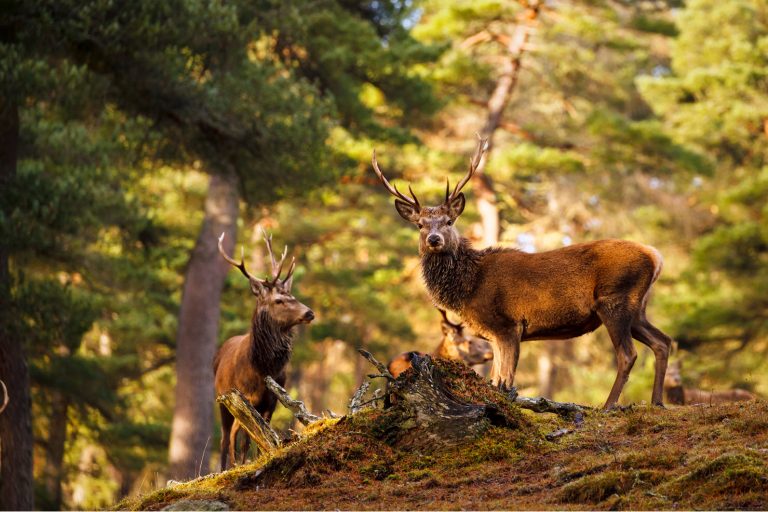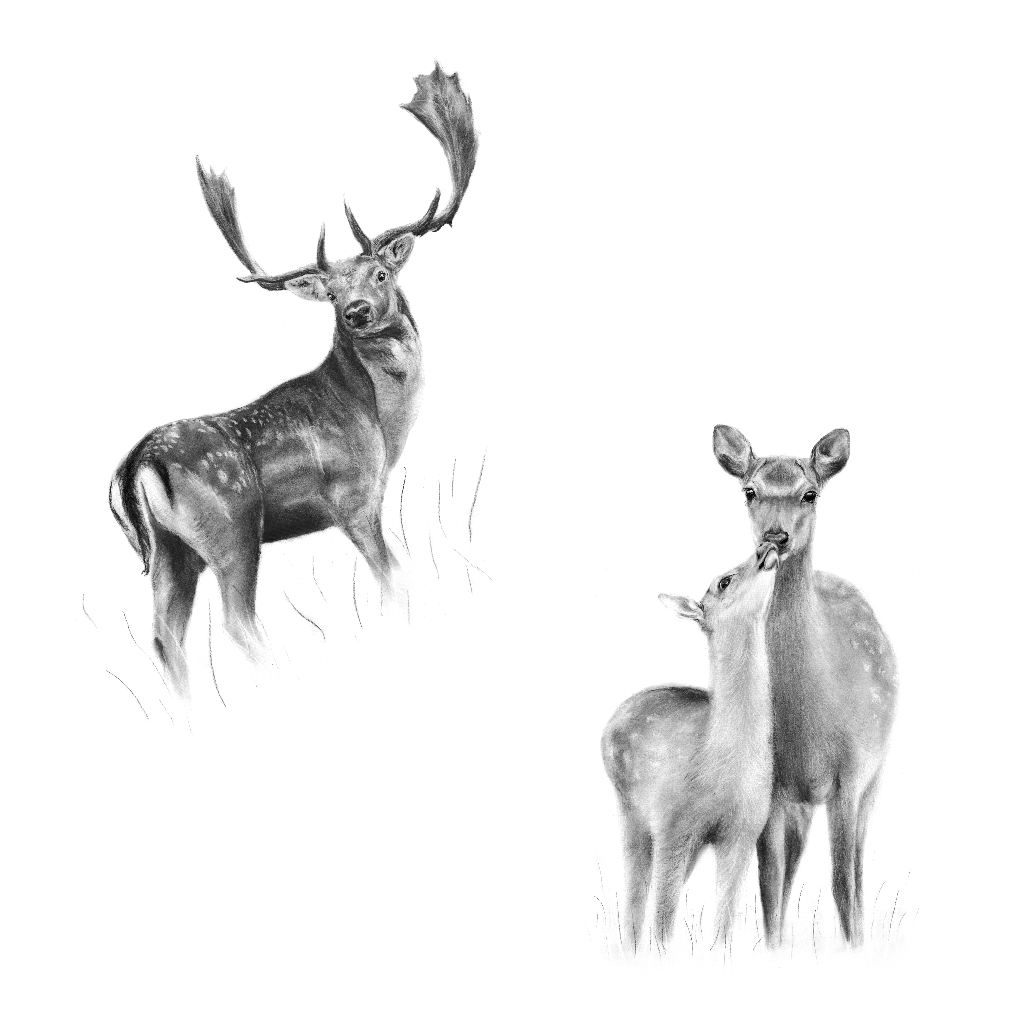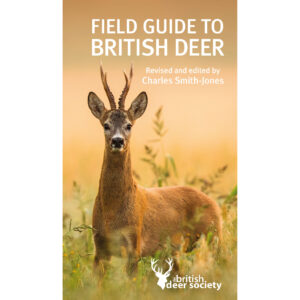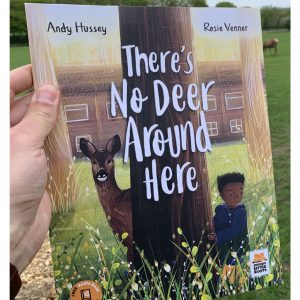The British Deer Society Response to the Scottish Government Report
Share article:
The British Deer Society wishes to highlight in more detail the areas that it has greatest concerns about should legislation be implemented by the Scottish Government as is currently suggested.
Acknowledging that there remain gaps in our knowledge, we summarise below some of the existing scientific evidence of which we are aware, which might indicate a need to revisit some of the proposals made. Although we have strong views and concerns about other points contained within the Scottish Governments response, we are specifically concerned about:
Welfare issues associated with bringing forward the start of the female season to 1st September:
The justification for bringing the season forward to 1st September is that the bulk of scientific evidence suggests that by that time, the vast majority of calves are no longer nutritionally dependent on the dam. However, in truth, there is still a significant proportion within the population of late-calvers; particularly among younger animals calving for the first time – these typically do conceive later in the rut and thus calve later in the year.
It is clear that the significance of lactation in ungulates changes as the young grow and in the later stages of lactation, may become more significant in social bonding than in actual nutritional terms [see Holand et al, 20121].
Further, even where juveniles are nutritionally independent of the mother, the young, particularly of more social species (red, fallow, sika), remain socially dependent on her for a much longer period.
It is from the mother that they learn the social skills required for being part of a social group; from her they learn the home-range and foraging patterns; from her also they may gain a measure of their status within the herd, since it is known that offspring of high-ranking females tend immediately to be granted high rank themselves [e.g. socially dominant mothers can favour optimal feeding of their young; Veiberg et al., 20042 3].
The problem with all of this is that we simply do not know how long this period of social dependency continues, or how ‘handicapped’ the offspring are if it is cut short at different stages through that period.
However, we should note that even the Deer Working Group, while acknowledging that NaturalScot (Sottish National Heritage as it was then) wanted to bring the start of the season back to 1st September, highlighted that they themselves felt a better case could be made for mid, or late-September.
The most relevant science for this area has already been summarised in the detailed Appendix accompanying the letter sent to the Scottish Minister in relation to Forestry Commission Scotland commencing culling of red deer hinds on 1st September this last year under their General Authorisation.
Even if there are no objective data clearly establishing the time at which juveniles are no longer nutritionally dependent on the dam’s milk we may safely assume as above, that at least three months are necessary for most species of British deer if the young are to survive at all. On that basis, any shooting of lactating females before this time carries with it a considerable risk of the death of the dependent young by starvation, unless the juvenile is already accompanying the mother and is shot with it.
Best practice would thus dictate that if a hunter were to shoot a female during the period of lactation, they must ensure that they also kill any accompanying calf – we know though that for a myriad of well documented reasons, certainty of achieving this is not possible.
To that end we would strongly suggest that for the welfare of the animals, the female open season should not commence until 1st October at the earliest
1 Holand, O. , Weladji, R.B., Mysterud, A., Røed, K., Reimers, E. and Nieminen, M. (2012) Induced orphaning reveals post-weaning maternal care in reindeer. European Journal of Wildlife Research 58, 589-596.
2 Veiberg, V., Loe, L.E., Mysterud, A., Langvatn, R.and Stenseth, N.C. (2004) Social rank, feeding and winter weight loss in red deer: any evidence of interference competition? Oecologia 138, 135-142.
3 Clutton-Brock, T.H., Guinness, F.E. & Albon, S.D. (1982) Red Deer: Behaviour and Ecology of Two Sexes. Edinburgh University Press/Chicago University Press.
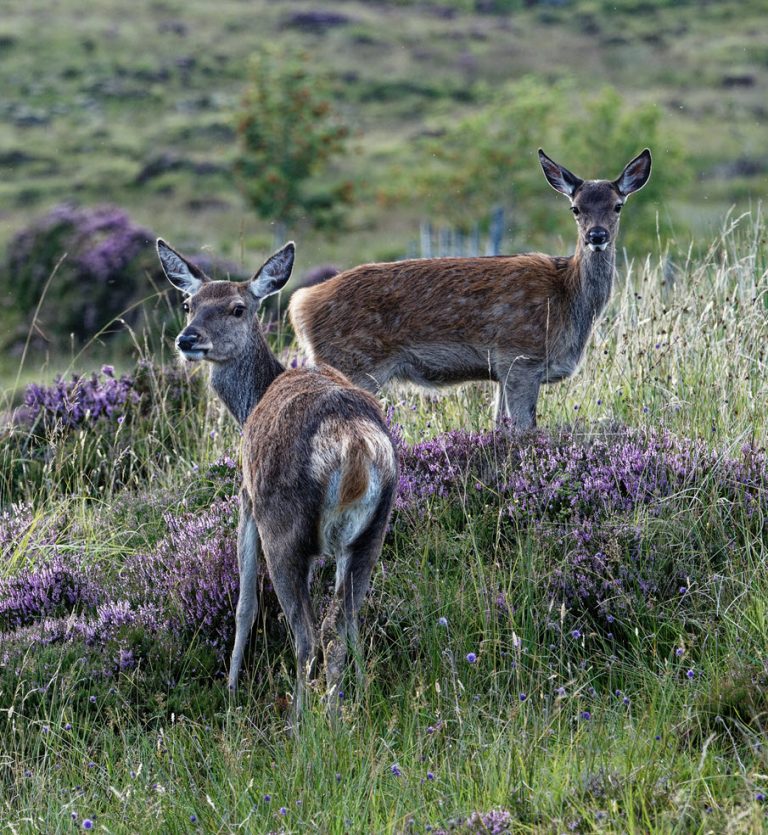
Blanket deer density limit of 10 deer per 100 hectares [ha] as an upper limit with a lower limit of 5 ha being a future target:
The maximum density of deer which might be tolerated by a given landholder will depend to a large degree on the objectives of management and the quality of the habitat. Thus, the tolerable density depends in large part on overall land use objectives and thus setting a blanket limit of 10 deer per 100 ha [10 deer per sq km] is completely arbitrary and not based on any substantial science.
Further, even if the Scottish Government is talking about reducing impacts of deer, the level of impact (grazing or trampling of open hill communities; woodland impacts on ground flora or regeneration etc) does not relate in any simple way to deer density but is compounded by a whole host of other factors and site conditions, such as productivity of the site, soil depth and soil fertility, altitude, slope, aspect and so on [see for example Putman et al. 20114].
Thus, even in terms of restricting impacts, setting some arbitrary limit of 10 deer per 100 ha and a preferred density of 5 deer per 100 ha has no scientific support whatsoever. Indeed, these rules of thumb about impact levels in relation to observed density are widely discredited. [see Putman et al, 2011 and (e.g.) Gill and Morgan, 20105].
The BDS would advise that a wholesale review and updating of the methodologies used to carry out Deer impact Surveys is undertaken by Scottish Government / NatureScot with a view to the updated methodologies being implemented across all sectors with an interest in deer and habitat management in Scotland.
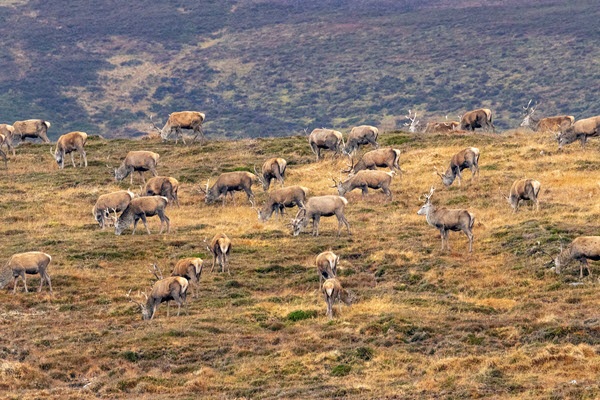
Abandonment of male close seasons and possible implications:
While it is arguable that it is only ‘humane’ to permit male deer some period of peace and quiet away from disturbance, at some point in the year, and perhaps particularly to allow them to recover condition after the exigencies of the rut, in actual practice the welfare argument for a close season for males has never been a strong one [but see Apollonio et al, 20116].
If male deer do not have a close season (and there is no evidence to suggest that the male deer cull needs to be increased, it is a fact that management of the female population plays the greatest part in overall deer number management), then there is a risk that antlered males become the focus of winter culling, thus resulting in over-exploitation of males and by corollary, reducing the cull effort on females.
Heavier pressure on males may lead to an enormous distortion in the adult sex-ratio, with very few adult males compared to adult females. A very real example of this is with the fallow deer in the south of England, where males are preferentially targeted rather than females, so female numbers are increasing rapidly, while the actual proportion of mature males in many fallow populations is alarmingly low [e.g. Thirgood 19957].
4 Putman, R.J., Langbein, J., Green, P. and Watson, P. (2011) Identifying threshold densities for wild deer in the UK above which negative impacts may occur. Mammal Review 41, 175-196.
5 Gill, R.M.A.and Morgan, G. (2010) The effects of varying deer density on natural regeneration in woodlands in lowland Britain. Forestry 83: 53–63.
6 Apollonio, M., Putman, R.J, Grignolio, S. and Bartos, L. (2011) Hunting seasons for ungulates in relation to biological breeding seasons and the implications for control of population size. In: Ungulate Management in Europe: Problems and Practices (eds. R. Putman, M. Apollonio and R. Andersen), Cambridge University Press, 80-105.
7 Thirgood, S.J. (1995) Ecological factors influencing sexual segregation and group size in fallow deer (Dama dama). Journal of Zoology (London), 239, 783-797.
